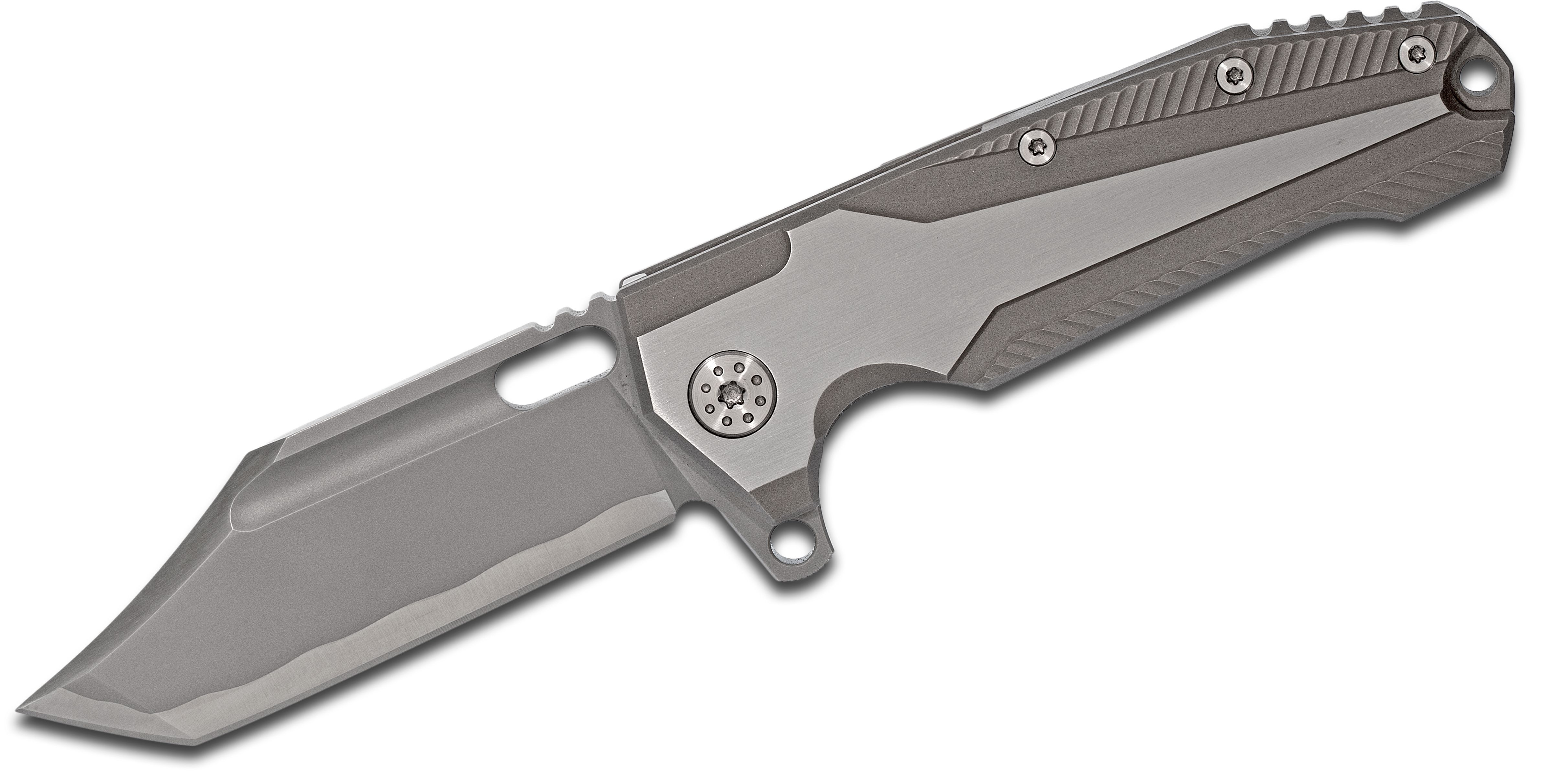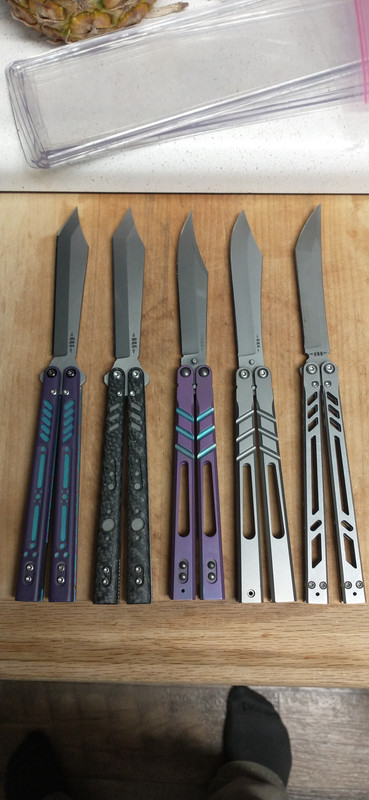- Joined
- Dec 7, 2019
- Messages
- 3,534
Hi folks. This is just an idea that occurred to me. Feel free to critique but let’s keep it friendly. 
Has a clip point tanto style blade shape been done before? I imagine that it doesn’t really have any practical advantages over a tanto or clip point, but it looks like a pretty neat design for a fighting knife. I could see this working in a 4” or larger folder.

Has a clip point tanto style blade shape been done before? I imagine that it doesn’t really have any practical advantages over a tanto or clip point, but it looks like a pretty neat design for a fighting knife. I could see this working in a 4” or larger folder.



